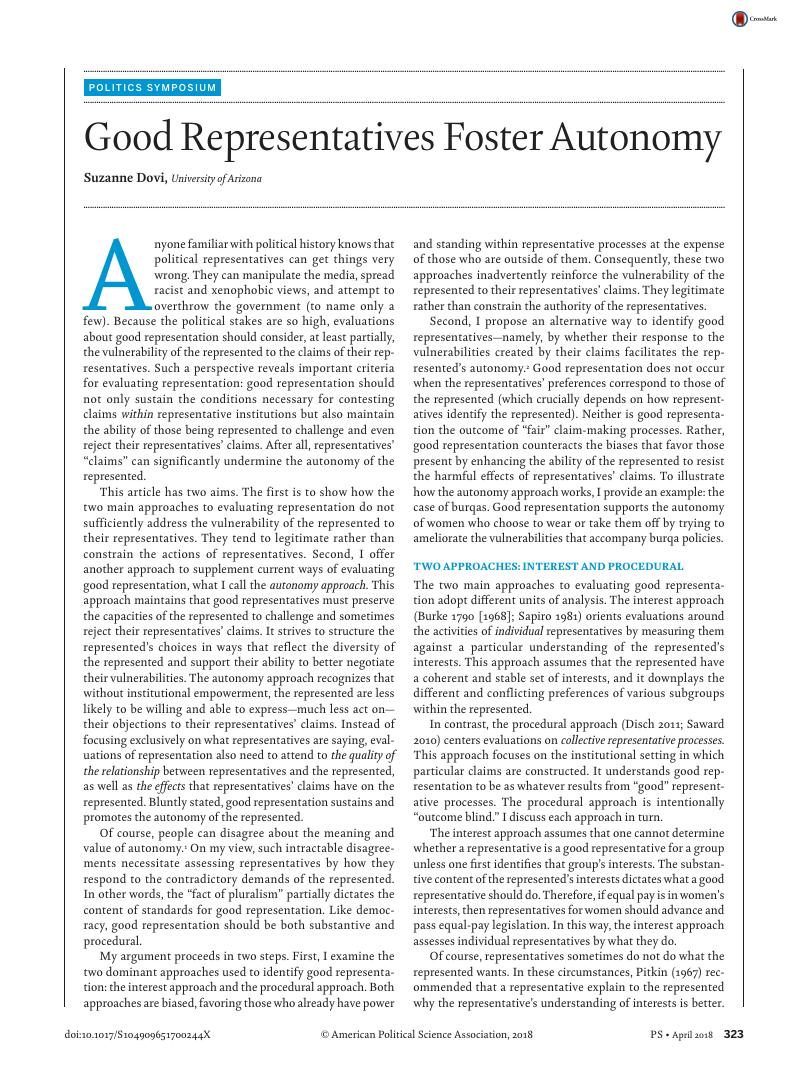Crossref Citations
This article has been cited by the following publications. This list is generated based on data provided by Crossref.
Oba, Masashi
2023.
Informal Representation in Oppressive Situations:.
The Annuals of Japanese Political Science Association,
Vol. 74,
Issue. 2,
p.
2_343.



